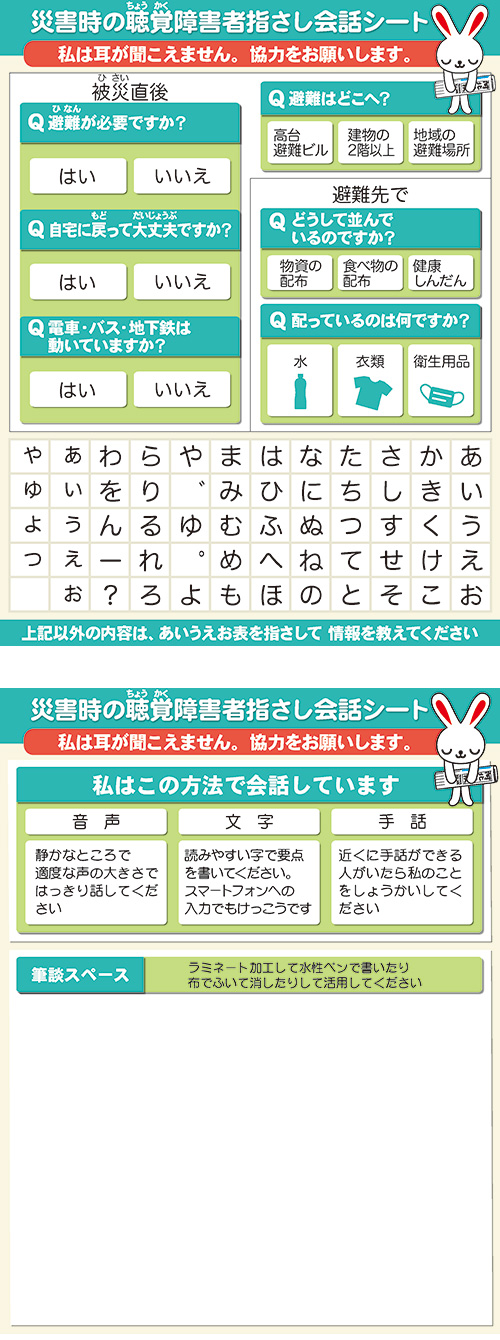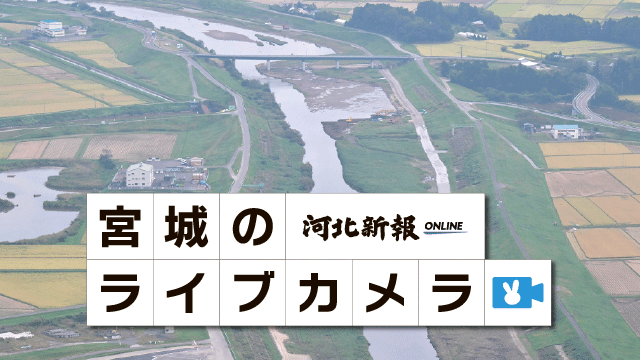Part 6: Shaking (3-End) Indoors / Hidden Danger in Candles and Furniture



During the Great East Japan Earthquake, life-threatening danger lurked in the most familiar places.
It was about 7:10 at night on the day of the great earthquake. Ryoko Fujiwara (50), a organization staff in Kitakami City, was in the bedroom on the second floor of her house. Lighting their way with a flashlight, she and her husband (50), were righting a fallen chest of drawers when an aftershock comes.
“That was a strong one. The chest might fall over again.”
“It'd be dangerous to sleep in here.”
Just after that exchange a smell of burning came wafting through the air, and they realized that there were a fire in the house. They rushed downstairs to find flames rising here and there around the living room floor.
Hurrying through the dark room, they tried to extinguish the flames by soaking some cushions in the sink and covering the fires with them. But the fire spread to the newspapers and magazines that the earthquake had thrown all about the floor, and in the end it was all they could do to bring themselves and their two beloved dogs safely out of the house.
Their two-story wooden home burned to the ground. The fire apparently started with a 10-centimeter candle they had left burning on a steel shelf in the living room. The aftershock with seismic intensity 3 knocked the candle over, and then some hats and gloves around it caught fire.
When the Fujiwaras had arrived home a little earlier that day, at about 7 p.m., their house had no electricity. “Let's just get some light in here to start,” they thought. Remembering some candles they had used at their wedding, they affixed one to a plate with wax and lit it. Then they went to make sure of their bedroom.
Up to about 8,710,000 homes from Aomori to Fukushima lost power in the Great East Japan Earthquake. It's likely that candles were used in unprecedented numbers.
The Japan Association for Fire Science and Engineering carried out an investigation of fires that occurred outside the tsunami-flooded zone within a month of the main shock. They found that at least 23 fires, or 12%, were caused by candles. In about half those cases, there's a chance that they started when a candle fell over in a tremor.
In Shiroishi City, the night after the Great Earthquake, there was a fire that burned five homes and other buildings. One woman was home alone in the house where the fire started; she was killed.
Indoors, furniture and falling objects can become deadly weapons.
In Miyagino Ward, Sendai City, Hatsuyo Shinozuka (85) was at home cleaning the Buddhist altar when the main shock struck.
The quake had a seismic intensity 6 lower in Miyagino Ward. Hatsuyo's daughter (58) tried desperately to keep the altar cabinet from falling, but she was not strong enough to hold it up. The cabinet toppled and its corner struck Hatsuyo’s face. In the end her cheek needed several stitches.
Hatsuyo had fitted out all her furniture with anti-tip measures, prepared for any future quakes originating off Miyagi's coast. The altar cabinet was the only thing she had not stabilized with tension rods, because “It felt like an awful thing to do to my late husband.”
(Translator’s notes: Buddhist altars in Japanese homes usually contain, among other things, pictures of deceased family members and memorial tablets inscribed with their names. It's not uncommon to speak of the deceased as if they reside within the altar.)
Inside her violently sharking room, Hiroko Kato (69) felt a chill going down her spine. She lived on the top floor of the 12-storey apartment in Taihaku Ward, Sendai Ctiy. Her 2-meter-tall china cabinet was stabilized with tension rods wedged between its top and the ceiling, but the rods jolted loose and went flying. Right before her eyes the cabinet tipped and fell with a crash.
She had installed anti-tip hardware on the cupboards in the next room too, but the tremors of the intensity 5 upper overturned everything. Now Kato says, “It's not enough to double- and triple-reinforce the furniture. You need to make sure you have one safe spot with no furniture at all, like a hallway.”
An investigation by Kahoku Shimpo found at least four people killed by furniture falling on them. It's harder to know exactly what happened in the coastal areas struck by the earthquake and tsunami, but it's likely that fallen furniture blocked people's way as they fled from the tsunami.
Preparing for Earthquakes from the Ground Up: Increasing Security as a Community
Without changing each individual person's way of thinking, there's no way to lessen the life-threatening dangers that can occur indoors in an earthquake.
On the day of the Great Earthquake, the Machishita neighborhood of Hirobuchi, Ishinomaki City was struck by tremors of seismic intensity 6 lower. Yet there were no casualties from falling furniture.
This inland hamlet of about 300 homes had been putting a lot of effort into indoor safety. It all began with Miyagi's serial earthquakes on July 26, 2003.
It was observed maximum seismic intensity 6 upper.1276 homes across Miyagi prefecture were completely destroyed. 51 people were severely wounded, 624 lightly. Forty percent of these injuries were judged to have been caused by falling furniture.
The Machishita neighborhood, which was only two kilometers from the epicenter, also suffered massive damage. The residents decided to put this hard lesson to good use and a month after the quake volunteers began securing the furniture in senior citizens' homes with anti-tip hardware. When people resisted, saying “But it'll be too hard to clean and things will get dusty,” the volunteers talked them over their objections.
They also issued the “Earthquake Broadside,” a leaflet summarizing earthquake indoor-safety measures such as creating a “safety zone” with little or no furniture. They distributed this Broadside to every home in the community.
On the day of the Great East Japan Earthquake, Rie Ishikawa (71) was at home in the two-story wooden house where she had lived alone. All her chests of drawers and other furniture were secured with anti-tip hardware, but she ran instantly to her designated Safety Zone in the living room.
In the next room the piano jumped two whole meters. Nearly all the anti-tip hardware was torn loose, but none of the furniture fell, and she felt grateful to the community volunteer group. “The preparations they made took the damage for me.”
The community established the Machishita Disaster Preparedness Committee the year after the serial earthquakes. Every year without fail they hold an emergency drill on July 26.
This year will mark the tenth anniversary of the serial earthquakes. Fumio Onodera(77), secretary general of the Committee, speaks from his heart: “If we sit back and do nothing, we're the ones who will suffer. The saying, 'To be prepared is to have no sorrows' isn't just some obsolete old proverb.”
It is feared that after the Great East Japan Earthquake there will be another, this time in the undersea Nankai Trough that lies off the coast of Japan, stretching from the Tokai region to Kyushu. There is danger that such a quake would also bring long-period cyclical ground motion to Tohoku. This means that apartment complexes and other tall buildings would feel long, slow tremors lasting minutes at a time.
Yoshiaki Hisada, professor of earthquake engineering at Kogakuin University, experiences just such long-period cyclical ground motion on the day of the Great East Japan Earthquake. He was in his office at the 23 floor of the building in Tokyo. The room swung from side to side in a 60-centimeter arc, leaving him dizzy and nauseous.
Buildings standing on soft ground sway especially violently. For example, the Osaka Prefectural Government Sakishima Building stands on reclaimed land. During the earthquake the 55 story swung as much as 3 meters and the walls and ceilings cracked in a total of 360 places.
In the disaster-affected areas of Tohoku, the main shock caused little damage to tall buildings with earthquake-proof (seismic isolation) construction. But some point out that long-period cyclical ground motion may make the buildings sway more violently.
Professor Hisada says, “Pianos and copiers and other furniture with caster wheels are easily thrown around in a quake, and can be life-threatening if they hit you.” He warns, “Some people may feel safe because they were not hurt in the Great East Japan Earthquake. That's actually the most dangerous thing of all.” (“Preserve Lives and Communities” Investigation team)
Candles to LEDs: Q & A with Professor Yuu Hiroi
Yu Hiroi is an Associate Professor of Urban Disaster Prevention at Nagoya University Disaster Mitigation Research Center. He is also a member of the Earthquake Fire Subcommittee of the Japan Association for Fire Science and Engineering, which is researching the fires that occurred in the Great East Japan Earthquake.
Q: Why were candle fires so prominent in the Earthquake?
A: There were blackouts, including planned outages, over a very wide area, and numerous aftershocks as well. That made the problem more obvious.
Q: What are some effective countermeasures?
A: People think “Blackout = Candles”, so the key is to change that to “Blackout = LEDs (Light-Emitting Diodes).” They last longer than traditional flashlights and are available at very accessible prices. In fact, they've become so common lately that they are given out as freebies at events. At the time of the Great Hanshin Earthquake we had trouble with electrical fires after electricity was restored. In this case all we have to do is not use candles, so it's a far easier problem to solve than electrical fires.
Q: How can we make LED use more widespread?
A: As the price of LEDs is not very high, subsidies are not the best fit. For neighborhood associations to purchase LEDs in bulk and distribute them to each household is one way. The government should make a point of conveying the danger of candle fires, and we should all take the Great Earthquake as an opportunity to revise our emergency supply lists and add LED lights.
Translated by Cecilia Caride
May 20, 2013(Mon.)
[Japanese] http://www.kahoku.co.jp/special/spe1114/20130520_03.html
 朝刊・夕刊
朝刊・夕刊 記事を探す
記事を探す FAQ
FAQ















